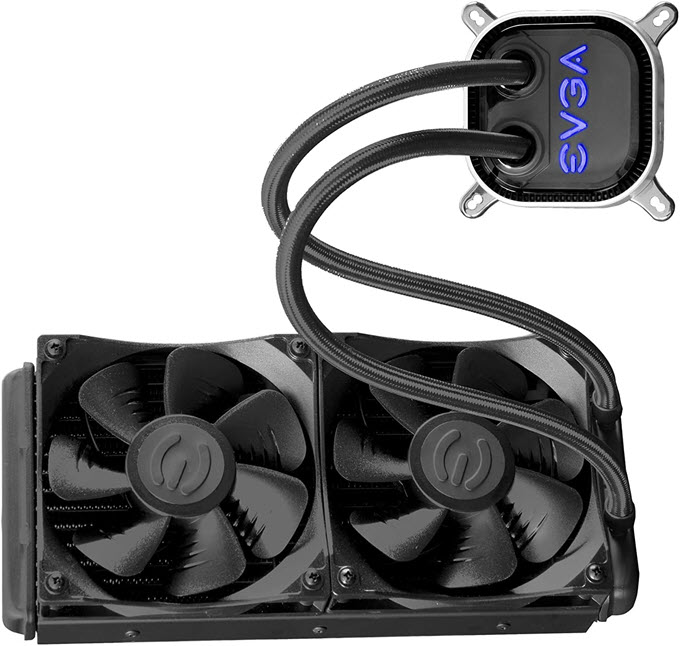Cpu coolers generally come in two varieties.
Liquid cooled cpu fan direction.
If you have a large aftermarket cpu cooler it probably has one or more fans of its own.
This includes measuring how much a front radiator might reduce cpu temperatures at risk of raising gpu temperatures or how a top mount might do the opposite.
Liquid cooling especially when using an all in one aio tends to be quieter than the fan on a cpu heatsink.
Again this can vary in that there are air coolers with fans specifically designed to reduce noise and fan settings or fan selection can impact the amount of noise generated.
Your typical air cooled pc is packed with case fans graphics card fans and a cpu fan or two positioned atop a big metal heat sink to keep your expensive components nice and frosty.
You have the reservoir the pump the radiator the fans some tubing a block for either.
In the very least we can look at liquid cooler placement performance in a few different cases.
An interesting test would be to measure the difference that occurs when you reverse the fan direction of such a cooler.
Overall though liquid cooling tends to generate less.
All fans will be configured to 100 in our testing.
A side mounted fan expelling or drawing in air in a direction perpendicular to the motherboard might be useful here but not all cases support that.
The first is an air cooler which comes with a big metal heat sink and a fan that pulls air away heat from the cpu.
Water cooling systems whether they are a custom loop or an aio all follow the same basic principles.
So flip the fan and run it as an updraft.
The coolant is specially developed to bring the best light dispersion capabilities withing various pc liquid cooling products.

